It’s International Women’s Day and at Texas Law we are reflecting on more than a century of women making their mark on our school and on the world.
Today, women make up more than 50% of law students nationally and organizations such as Texas Law’s Center for Women in Law are central to the law school experience for all students, regardless of gender identity. This kind of parity and opportunity only exists because of remarkable women who insisted on going to law school in eras when it was neither common nor socially accepted.
Later this year, Texas Law will be unveiling a display that pays tribute to our pioneers: six women who changed our school and the State of Texas by not only attending Texas Law but thriving here, and in groundbreaking careers. Here is a little more about them and their times.
In 1883, U.T. Austin’s first class saw 163 men and 58 women enrolled, but the Law Department’s classes remained all male until 1906, when Ella Crim Lynch of Austin entered the school. She attended the 1906-07 long session but did not graduate and no known photo exists of Miss Lynch at The University of Texas. Still, she is the first woman to attend our school.
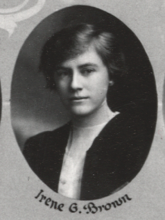
Irene Gertrude Brown, Class of 1914
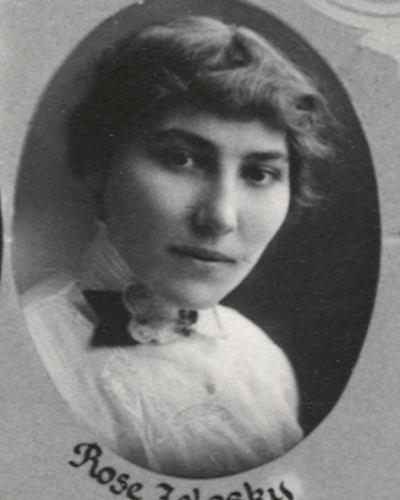
Rose Zelosky, Class of 1914
In 1914, Irene Gertrude Brown of San Antonio and Rose Zelosky of Fort Worth were the first women to graduate from Texas Law, the only two women in a class of 82 students. Brown practiced law in San Antonio until her death in 1945, being admitted to the bar of the United States Supreme Court in 1935. Zelosky was the first woman to serve on the legal staff of AT&T.
In 1916, Anna Sandbo, who had earlier earned a B.A. (1908) and M.A. (1913) from The University of Texas at Austin, became the first woman to earn an LL.M. from Texas Law. She is believed to be the first woman to practice law in Austin. She joined her husband’s practice after graduation, taking it over after his death in 1925.
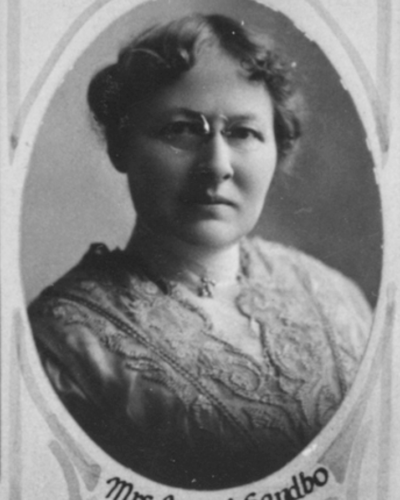
Anna Sandbo, Class of 1916
(In addition to practicing law, Sandbo tutored law students preparing to take the bar exam. One of her students, Thomas C. Clark ’24, went on to become a Justice of the United States Supreme Court.)
The leadership of Brown, Zelosky, and Sandbo paved the way for Alice Drysdale Sheffield, who served as vice president of her junior and senior law classes, and Helen Lord Leary, Mildred Marshall, and Nellie Gray Robertson, all of whom graduated in 1918. Sheffield was the youngest woman to practice before the Texas Supreme Court, and later served as an attorney for Gulf Oil.
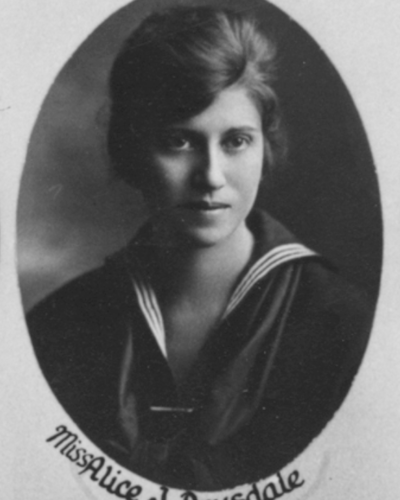
Alice Drysdale Sheffield, Class of 1918
Alice Sheffield’s 1985 bequest to the law school of $3.5M was at the time the largest gift the school had ever received, a distinction that stood for twenty years. The Sheffield Massey Room at the School of Law is named in her honor.
In the fall of 1951, Gloria Bradford enrolled at Texas Law; in 1954 she became the first African-American woman to graduate from the school. Ms. Bradford practiced both civil and criminal law in Houston. In 1954, she became the first African-American woman to try a case in Harris County District Court and was a pioneer of the Texas bar before relocating to New York, where she worked for the first firm in the United States to conduct computerized law research.
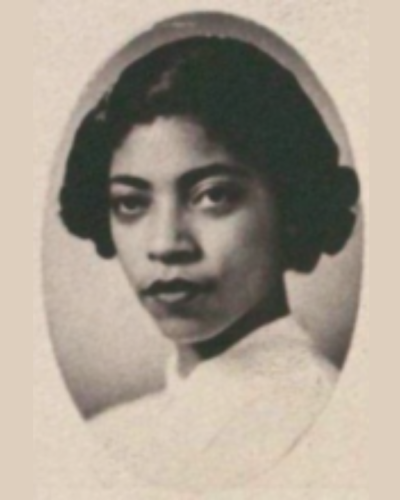
Gloria Bradford, Class of 1954
In the 75 years since Ms. Bradford graduated, thousands of women have come to Texas Law and been equals in our school, leading the SBA, serving as editors in chief of journals and presidents of organizations, being honored as Grand Chancellors, and leading in every area of our school life. Our alumnae lead big law firms, Silicon Valley unicorns, and U.S. Circuit Courts. They hold public office and lead publicly-traded companies. They practice law in every sector and every state, transforming their communities and the legal profession.
Each of them owes a debt to the six pioneers we honor here, on this day.
